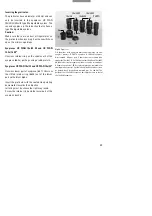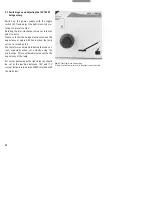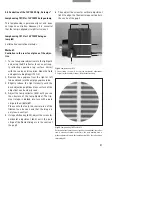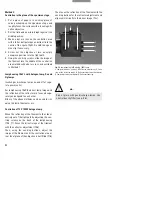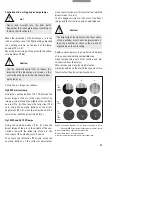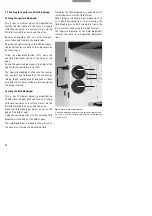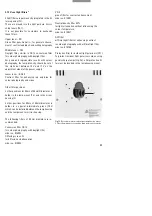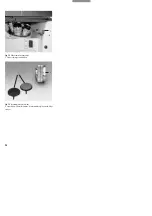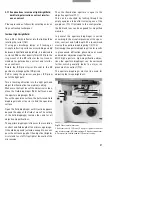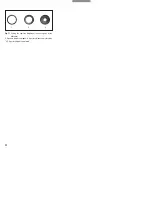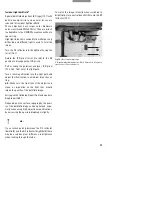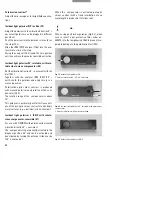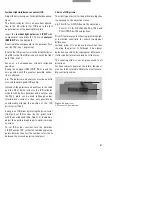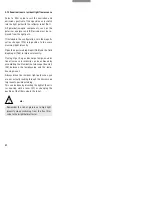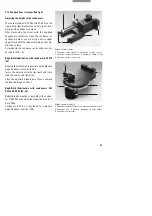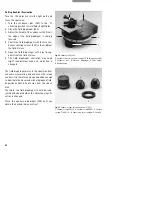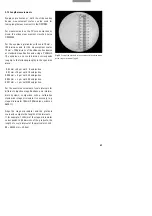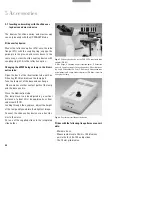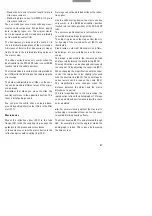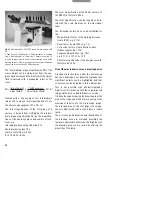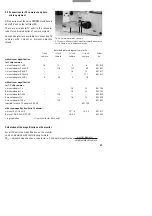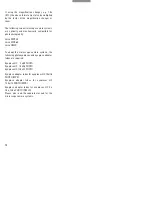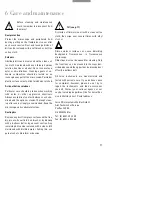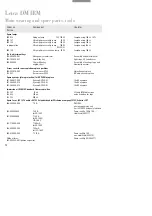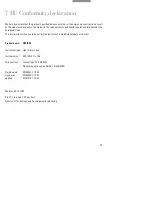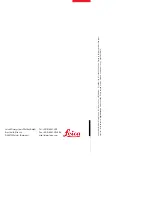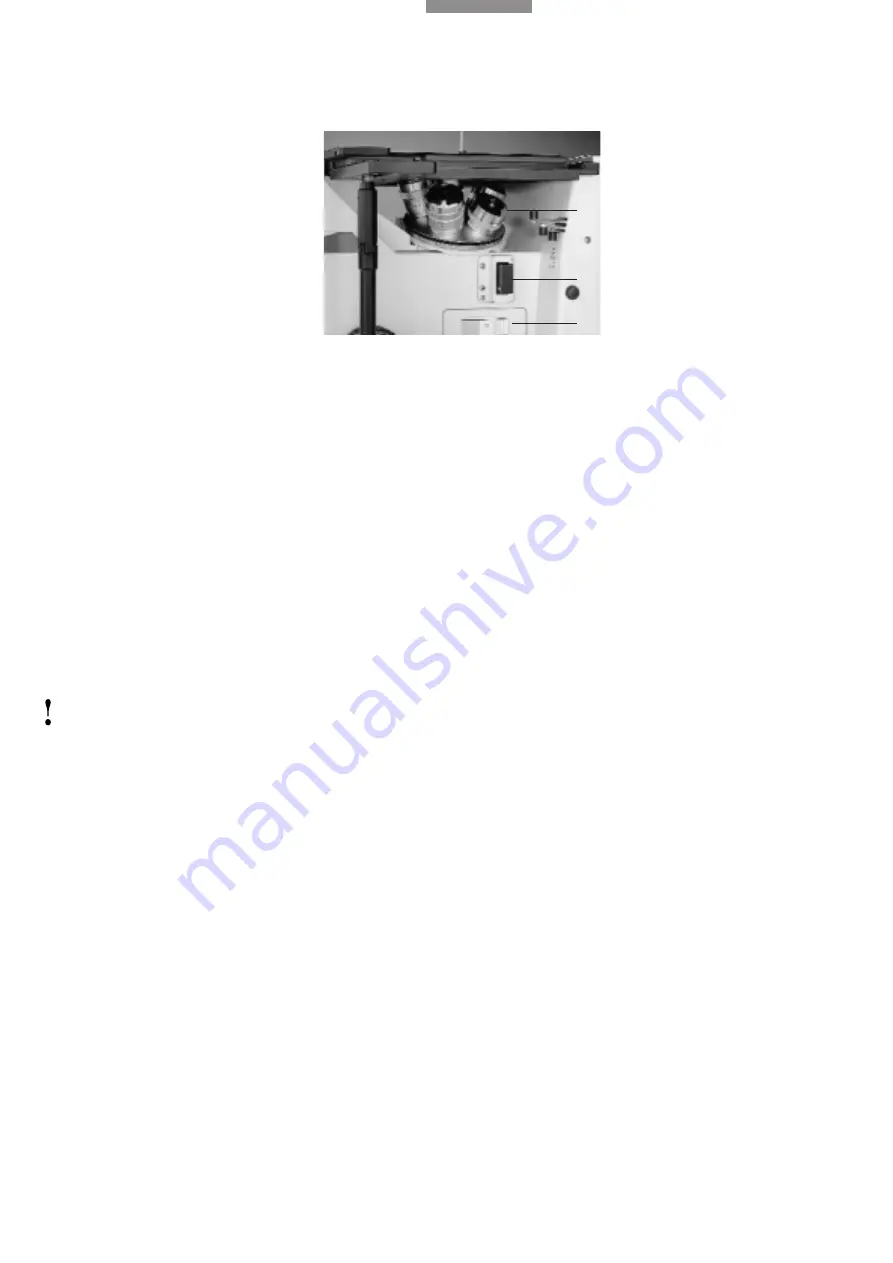
59
Incident light darkfield*
Special darkfield objectives (BD type) (78.1) with
built-in annular mirror and annular lenses are
required for incident light darkfield.
These objectives have larger outer diameters
and screw thread M32x0.75mm. They are direct-
ly adaptable to the DMIRM nosepiece without a
spacer ring.
High light intensity is needed for darkfield as only
diffracted and diffused light is used to form the
image.
Turn the DF reflector into the light path using the
turret (76.1).
Rotate the ICR prism turret (if used) to the BF
position to disengage the ICR prisms.
Pull or swing the polariser, analyser, ICR prism
(78.2, 76.2, 76.3) out of the light path.
Turn a low magnification into the light path and
adjust the illumination to a medium intensity set-
ting.
n.b.:
Make sure the front lens of the objective is
clean, as impurities on the front lens greatly
impair the quality of the darkfield image.
Fully open the field diaphragm (76.4) and aperture
diaphragm (76.5).
Depending on the surface topography, the quali-
ty of the darkfield image can be optimised, espe-
cially when using high objective magnifications,
by narrowing the aperture diaphragm slightly.
n.b.:
If you switch quickly between the DF reflector
(darkfield) and the BF reflector (brightfield) there
may be a sudden great difference in brightness
when looking through the tube.
To match the image intensity when switching to
brightfield, slot a neutral density filter onto the BF
reflector. (29.2)
Fig. 78
Side view of microscope
1
Brightfield/darkfield objective (BD),
2
Polariser,
3
Magnifica-
tion changer 1.5x or tube lens 1x
2
3
1





